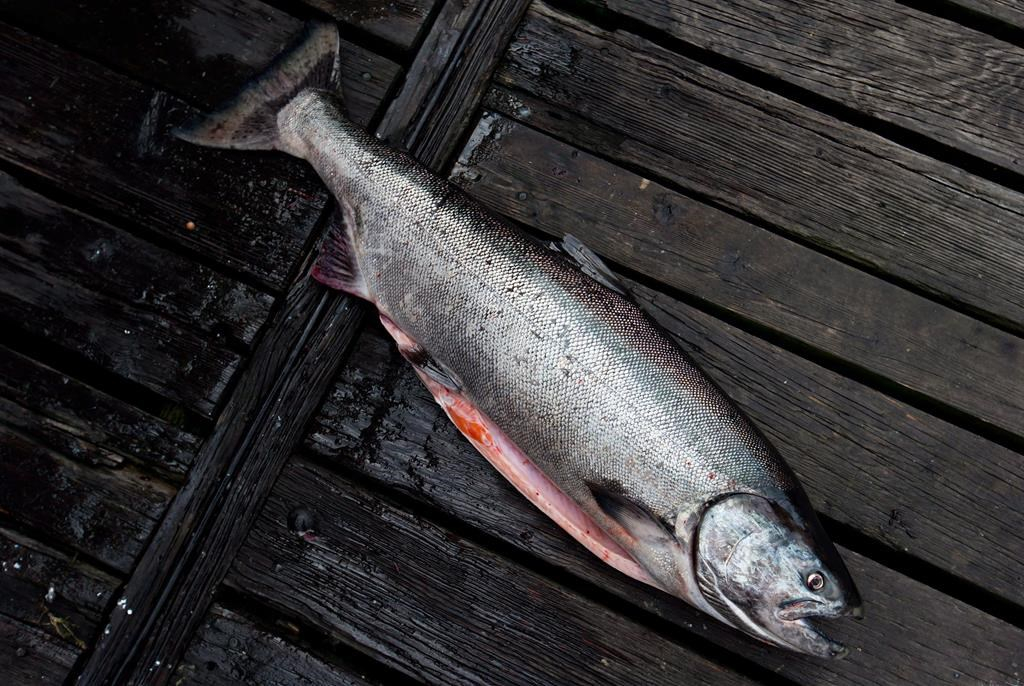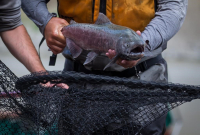Support strong Canadian climate journalism for 2025
Canada’s Minister of Fisheries, Oceans and Coast Guard says she will be responding directly to Tsilhqot’in Nation leadership who have called for an immediate meeting on declining Fraser River chinook stocks.
Bernadette Jordan said she had met with Tsilhqot’in National Government (TNG) tribal chair Chief Joe Alphonse and other TNG representatives in March when they discussed their shared concerns around the health of the wild salmon populations.
“Across our government, we have been clear that Indigenous peoples have an important role to play when it comes to protecting out natural environment,” Jordan told Black Press Media in an email.
“This is a part of my mandate as minister, and it is one we take very seriously. I look forward to working with the Tsilhqot’in Nation on this shared priority to protect and restore the chinook in the Fraser River.”
Additional restrictions announced last month as part of the 2020 fisheries management measures are not enough to reverse the population decline and mitigate extirpation risk facing Fraser River chinook, according to the Tsilhqot’in Nation.
Of the 13 wild Fraser River chinook salmon populations assessed, only one is not at risk, DFO said.
Jordan said she is confident the necessary restrictions are in place to help protect the stock without causing unnecessary hardship to industry.
She added the federal government is working extremely hard to restore their population.
In 2016, the federal and B.C. governments launched the $100-million British Columbia Salmon Restoration and Innovation Fund to assist projects that protect and restore wild salmon populations over the five years.
Jordan said they have also funded other projects that work to protect salmon and their habitat through programs such as the Oceans Protection Plan, the Coastal Restoration Fund and the Pacific Salmon Endowment Fund.
A four-year Wild Salmon Policy Implementation plan was launched in 2018. DFO publishes a yearly report that details the stock numbers and the effectiveness of government’s measures.
“Additionally, restoring natural fish passage at the Big Bar rock slide is a top priority for our government,” Jordan said. “We have poured an incredible amount of resources into that work to ensure we are successful in in this effort.”
Rebecca Dyok, Local Journalism Initiative Reporter, The Williams Lake Tribune





Comments